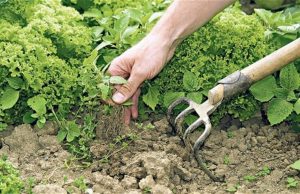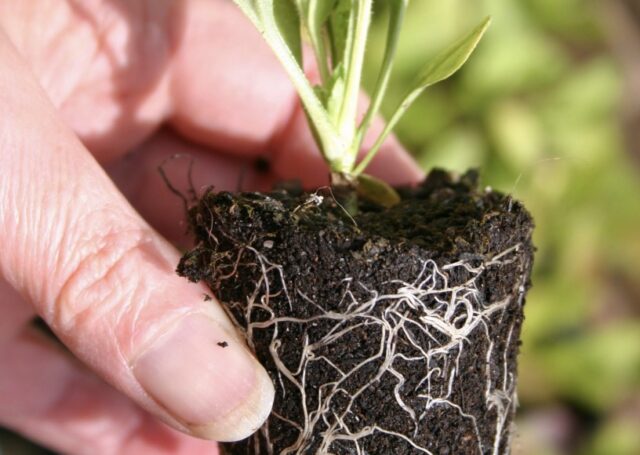
With everything happening around us, farmers, all over the world are working tirelessly in order to improve the root growth and crop production on the farmlands. This is one of the main reasons why an increasing number of people implement different strategies, all of which will help their seedlings thrive.
If you recently took up farming – or if you’re thinking about it – you should know that there are several steps that you could take in order to boost root growth. However, in this article, we’ll focus on only a few steps. Without them, your plants will most likely perish. Here is what you need to know:
1. The Fertility of The Soil
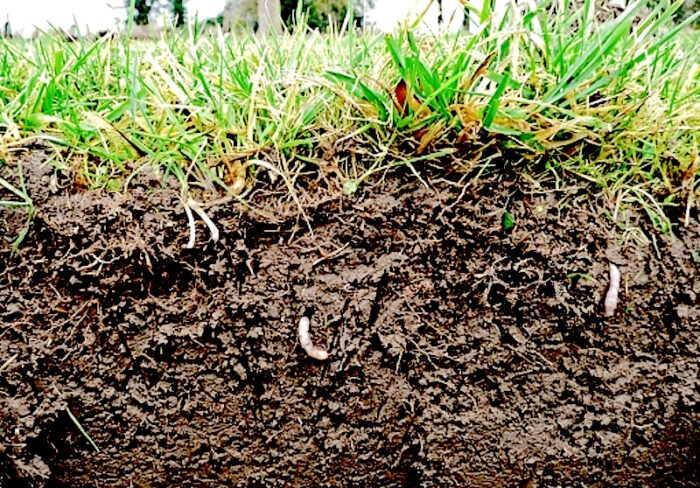
The very first step that you should take is to ensure that all the roots are healthy. Why is this important? Well, it’s quite simple, without healthy roots, a crop simply cannot grow, nor thrive. Healthy roots come from good quality soil, and in most cases, good quality soil will contain a wide range of nutrients that could help vegetables and fruits grow. Now, keep in mind, they’ll need lots of nutrients.
No matter what you’re growing, there are three essential nutrients that your soil will require, and these include nitrogen, phosphorus, as well as potassium. Fertilizers and organic matter are good sources of nitrogen, phosphorus, and potassium, which is why it’s incredibly important that you add these things to your soil, mostly because this will enhance and improve the fertility of the land.
2. Balanced Exposure is Essential
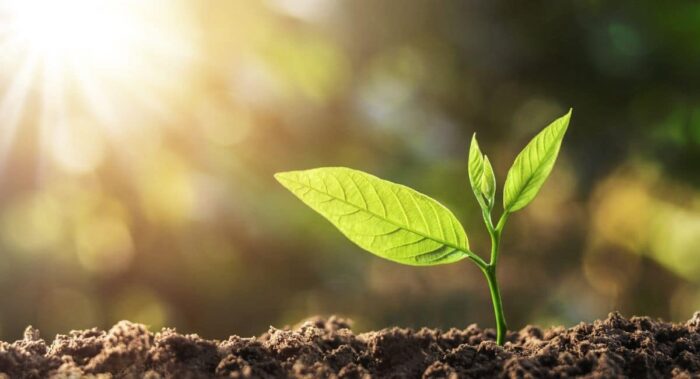
The second step and perhaps, the most important one is for you to ensure adequate access to the correct and suitable temperature, as well as sunlight. Of course, the suitable temperature and amount of sunlight will mostly depend on the type of crop you’re growing. This might seem relatively straightforward and obvious, but, in fact, could be quite complicated, especially for beginners.
All plants – both vegetables, fruits, and decorative flowers – will obviously need sunlight to grow and thrive, but the quantity of sunlight will vary from plant to plant. Therefore, reading up on the appropriate amount of sunlight the crop needs is an essential step. Keep in mind, there is a wide range of articles, tutorials, as well as guides online, hence, ensure that you read through them.
3. Nutrient Transportation

The third, and equally important step is having the correct amount of water. Water – together with air – will provide the plant with the oxygen it needs, but it’ll also provide hydrogen and carbon. The way that water helps them is by transporting all the essential nutrients. When the crops are outdoors, such as in a vast field, you cannot really control the amount of water they receive due to rain.
In these circumstances, it is quite important for the soil to have proper drainage. However, too much water could stem growth as it will completely drown the plants. This is due to the fact that crops need to breathe due to not having enough air pockets in the soil, hence, not enough oxygen between the space of the soil is quite bad. This is why you must ensure that they receive enough nutrients and minerals.
4. Boost Plant growth
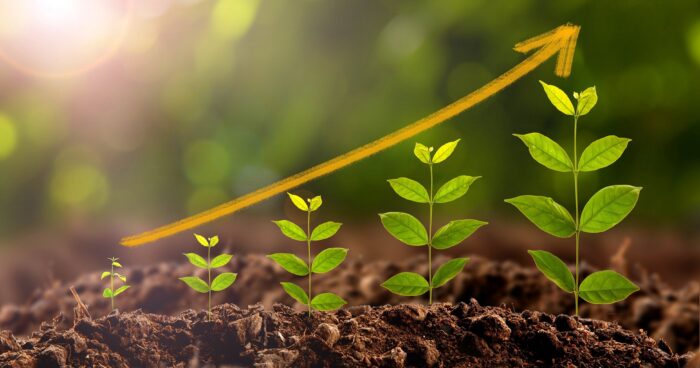
There is a wide range of companies that can help with maximizing the aforementioned steps. How do they do this? Well, companies such as Verdesian Fertilisers will help farmers by delivering more nutrients to the crops, and in return, this will help stimulate the growth of it, but more importantly, such organizations can also assist with increasing the yields of all your crops.
5. Knowing The Yield Potential is Important
It would be quite easy to simply sow the seeds, water them, and watch them thrive. But, like everything else, it’ll take so much more to ensure proper root growth and produce production. This is why it’s important for all farmers to know the potential of their yields. Learning more about the vegetables and/or fruits you’re growing and the type of seeds you’re using will help you determine the potential of the yield.
Farmers that have been working in the industry for some time will usually have an idea of how much they can grow from the seeds they have opted for, and by understanding these things, they could gain a lot of useful benefits. For starters, they won’t have the wrong expectations, hence, if the yield isn’t sufficient, they won’t be disappointed. Also, by doing this, they can determine whether the potential yield matches the actual goods you produce.
6. Weeds Will Kill Your Plants
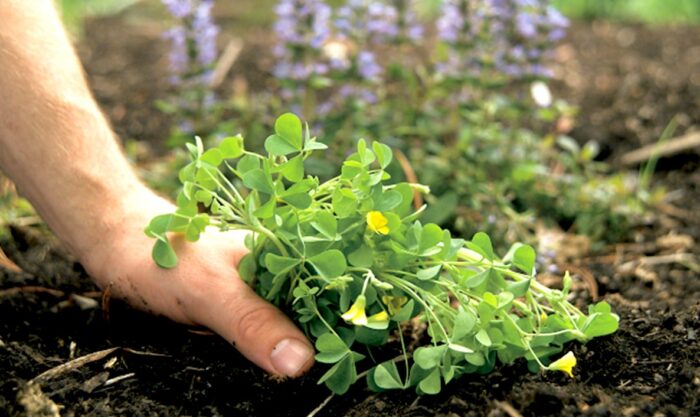
We can see weeds all around us, from your front lawn to the golf courses you might visit from time to time, and keep in mind, they can also easily compromise all your plants. They are extremely invasive, they’ll most likely take away all nutrients and minerals from your plants, they’ll hinder your plants from growing, but they’ll also attract pests that could damage your farmland.
So, what should you do? Well, it is quite easy – you must get rid of them early on and frequently. This is why you might want to scout your field or fields once a week, and if you see there are some weeds growing at the bottom of your crops, eliminate them immediately. By doing so, you can stop them from spreading to other areas, thus, you can eliminate the problem before it becomes really big.
Conclusion
Growing crops is never an easy task, no matter if you’re doing it as a hobby or as a job. This is why it’s incredibly important for you to ensure that you increase your yield. Thus, by following all the steps we mentioned above, you could make the entire process easier and simpler for yourself.
Hence, now that you understand what steps you’ll have to follow to guarantee proper root development and crop production, don’t waste time. Instead, determine what you need to do, and then start implementing different strategies that’ll help your plants thrive.







